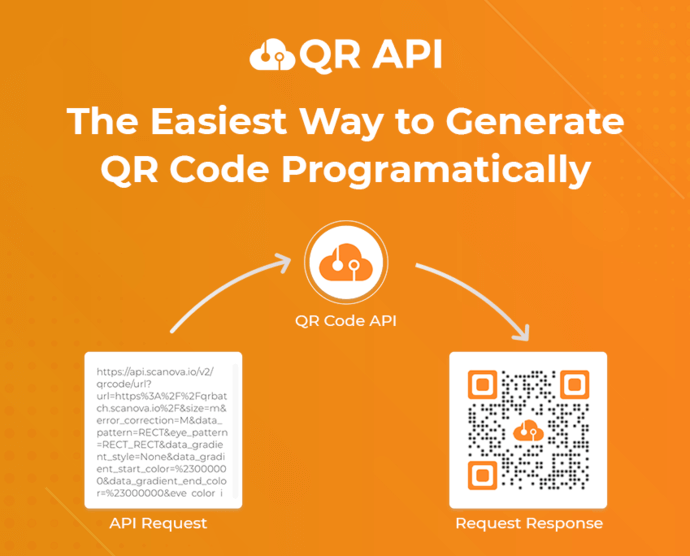You probably know what QR Codes are. And you are planning on using them in your information system or mobile application. This could be for payments, billing, instant messaging, or loyalty rewards.
And you’re looking for a suitable QR Code generator for the same.
But here’s the thing—you want QR Codes in bulk where each of them should be auto-generated in real-time for your end-users. But this is not as easy as it sounds. That’s because it’s impractical for you to head on to your QR Code generator every time you need to create a QR Code.
But don’t worry. This is where QR Code API provider has got you covered. Here, your application or information system will send an API request to the QR Code API provider. And in return, the service provider will auto-generate and send the QR Code in real-time to your app or information system.
Keep reading to know more about QR Code API—The tool to auto-generate QR Codes.
Also read: Types of QR Code
A. QR Code API and its benefits
As mentioned above, QR Code API allows you to auto-generate QR Codes programmatically.
But before proceeding ahead, you should be familiar with its benefits. Yeah, that’s right. QR Code API offers various benefits while helping you auto-generate QR Codes programmatically in real-time. Here are some of them:
1. Provides a seamless automated process
Want to auto-generate QR Codes without even sweating a single drop? Here, QR Code API helps you auto-generate as many QR Codes as required. You simply need to integrate the API with your information system and that’s it. No manual intervention is required anymore.
2. Offers a personalized look
You know the significance of branding And if you need QR Codes for your business, you may want them to look branded too.
This will serve two purposes. First, it will build brand recognition among your users. Second, if you’re using QR Codes for promotional purposes, it will fetch you more scans. How? Customized QR Codes act as a point-of-engagement to attract 50%-200% more scans than the black-and-white ones.
With QR API, you can customize the QR Codes as per your wish. How? By adding a logo and colors or even a background image to the QR Codes.
In addition to this, you can even change the pattern of the QR Code’s eyes and data modules.
3. Offers an economical choice
Since you will need QR Codes in large quantities and on a need basis, you’d want an economically viable service.
Here, QR Code API can help you reduce costs. Once integrated, it will allow you to auto-generate as many QR Codes as required at low costs.
Generate a QR Code For Your Unique Case
START TODAY!
4. Delivers a quick and simple process
QR Codes make the user journey simpler. That’s because end-users only have to open their phone’s camera or a QR Code scanning app and hold it in front of the QR Code to see the encoded content.
This is a very simple and quick process. And hence, you’ll see an increase in your response rate. Why? Because the easier the process, the higher are the conversions (responses here).
B. Popular use cases of QR Code API
You are now familiar with the benefits of the QR Code API. Let’s see the practical use cases of QR Code API where you may need to auto-generate QR Codes in real-time:
1. Payments
With the rise in digital payments, customers often use QR Code-based methods to pay their bills. That’s because it’s a simple, convenient, and quick mode of completing a transaction.
QR Code payments are not only beneficial for the payer only but also for the retailer. It eliminates the need to invest in a cost-expensive setup to accept card-based payments.
Many digital payment service providers use QR codes to facilitate easy transfer of money. And if you have one such payment set-up, you’d need the QR Code API. It will allow you to auto-generate a QR Code unique for each customer within seconds.
2. Authentication
It has become very common to use QR Codes for authentication services. From document verification to user authentication, QR Codes have got you covered. And just like in the case of payments, QR Code API can help you out here too. It can allow you to auto-generate QR Codes for each product to help the end-user easily authenticate it.
3. Mobile apps
Say you have launched a mobile app. It could be for any use case such as payments, messaging, shopping, or even gaming.
And you have decided to incorporate QR Codes into it for each user.
Here again, QR Code API can come in handy in no time.
4. Delivery packages
You probably receive delivery packages having QR Codes on top of them. Ever wondered what are they for?
Well, these QR Codes help the seller keep track of the goods. From inventory to point-of-delivery, they are scanned at every checkpoint. And many businesses use QR Code API to create these QR Codes.
5. Hotel or Travel booking passes
It’s common for hotels and travel agencies to issue a booking pass to the customers. This allows them to easily onboard the guests. And generally, QR Codes are used on top of that.
When scanned, the QR Codes help responsible personnel to check customer details and confirm their stay.
6. Visitor pass
You probably have seen various institutions and organizations use QR Code-based visitor passes. The purpose behind them is to grant visitors entry. Such passes ensure security while keeping track of all the visitors.
7. Product tags
Many companies use QR Codes on product packaging. They are used due to the following reasons:
- First, it allows the manufacturer to provide complete product information. This helps overcome the barrier of the limited printing space on the packaging
- Second, it helps with inventory tracking and ensuring smooth logistical operations
And most businesses use QR Code API for such use cases.
Also read: Types of QR Codes
C. Type of QR Codes that can be generated via API
Here is the list of all the static QR Codes that can be auto-generated programmatically via API:
1. Website URL QR Code
This QR Code takes your end-users to the encoded website. It could be a profile URL, authentication URL, or even your business’s home page.
Related : How To Make QR Code For App Links
2. Text QR Code
Text QR Code, as the name indicates, encodes text and numbers. It can be used in a variety of use cases such as:
- Encoding the serial number of the product
- Adding detailed product information
- Handing out coupon codes
3. Vcard QR Code
This QR Code allows you to encode your contact details. These may include your name, company name, contact number, email address, and fax number. When scanned, it shows the contact details to the end-users.
4. Wifi QR Code
The Wifi QR Code, when scanned, allows end-users to join a particular wifi network. This QR Code eliminates the need for end-users to manually type the password to access the WiFi network.
5. Google Maps QR Code
Google Maps QR Code allows you to encode the location coordinates into the QR Code. When scanned, end-users get redirected to the encoded location on the maps application of the phone.
6. Phone Call QR Code
Phone QR Code when scanned, allows end-users to readily give a call on the encoded number.
7. Email QR Code
Email QR Code generates a pre-loaded email on the end-users’ phone with the recipient’s address in the required field. They can then write the subject and email body to hit the send button.
8. SMS QR Code
Do you want to help your end-users to send a pre-drafted SMS to you. For example, a feedback for your services. Here, an SMS QR Code can help you do it. When scanned, it opens the messaging app with a pre-drafted SMS along with the recipient’s phone number. It even allows the end-users to edit the SMS before sending it out.
D. How to auto-generate QR Codes via API
Now you know the types of QR Codes you can auto-generate via API and their designing potential. The next question is—how to create one?
To do that, you’ll need a suitable QR Code API provider. Using Scanova’s QR API, here’s how you can proceed:
1. Go to QR API and sign-up for the free trial
Note that after signing up, you will get the first 50 API requests for free.
2. On the page that loads, you’ll see your cycle usage with various details. These include total allowed API requests, requests used, and days remaining
Here, you’ll see a section called Get API Key. Under this section, click on Create
3. Once you can see your API key, copy it followed by clicking on Documentation on the dashboard
4. Now you need to scroll down a bit to see the Authorize button on the right
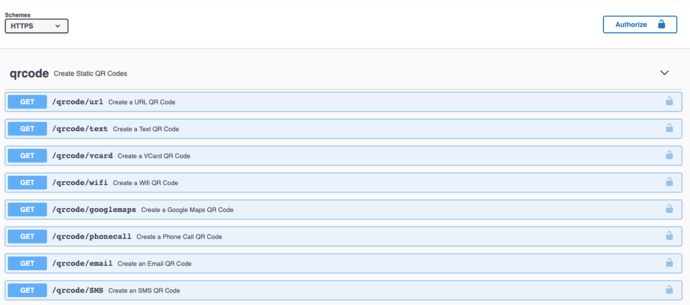
5. After seeing it, click on this Authorize button. Now, a window will open where you need to paste the API key. Once you’ve pasted it, click Authorize
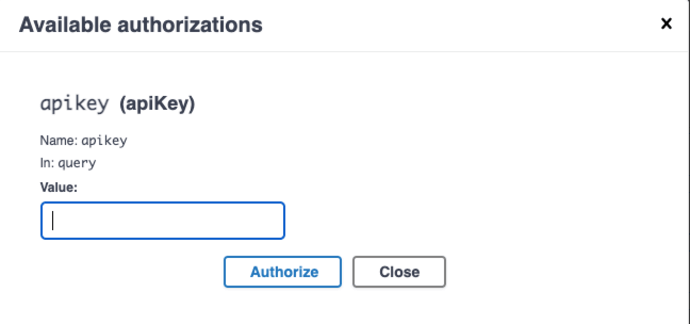
6. Here, you need to select the relevant QR Code category
7. Once selected, click on the Test button and add the content you want to encode in the QR Code
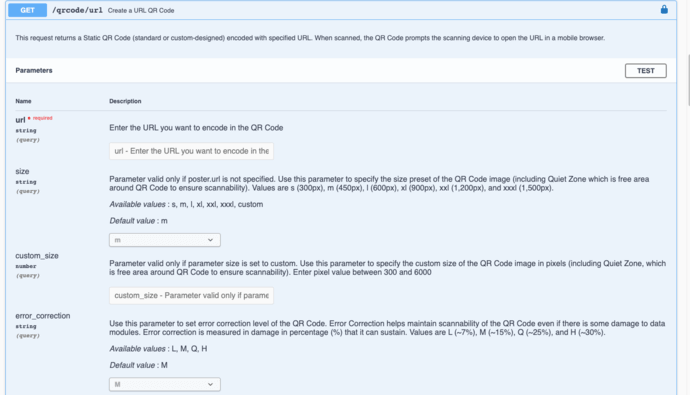
8. Next, you will see customization options. In addition to this, you can also specify the level of error correction and other design parameters
9. Once the QR Code content and other parameters are finalized, click on Execute

10. Now, you’ll see a bunch of responses such as Curl, Response URL, and Response Body
11. Here, you can scroll down a little to see QR Code’s image having encoded content
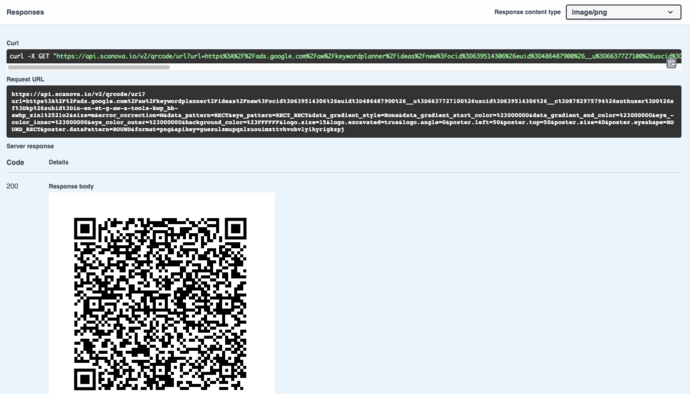
12. Now copy the Response URL and integrate it into your information system or mobile application
That’s it. QR Codes will be auto-generated as the number of response URLs are sent to the API system.
That is all you need to know about how QR Codes are auto-generated programmatically via API. You can now go ahead and auto-generate your own QR Codes integrated with your system or mobile application.
Generate a QR Code For Your Unique Case
START TODAY!
